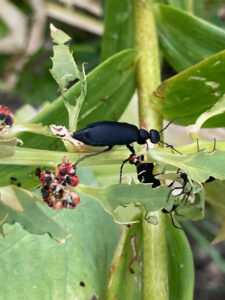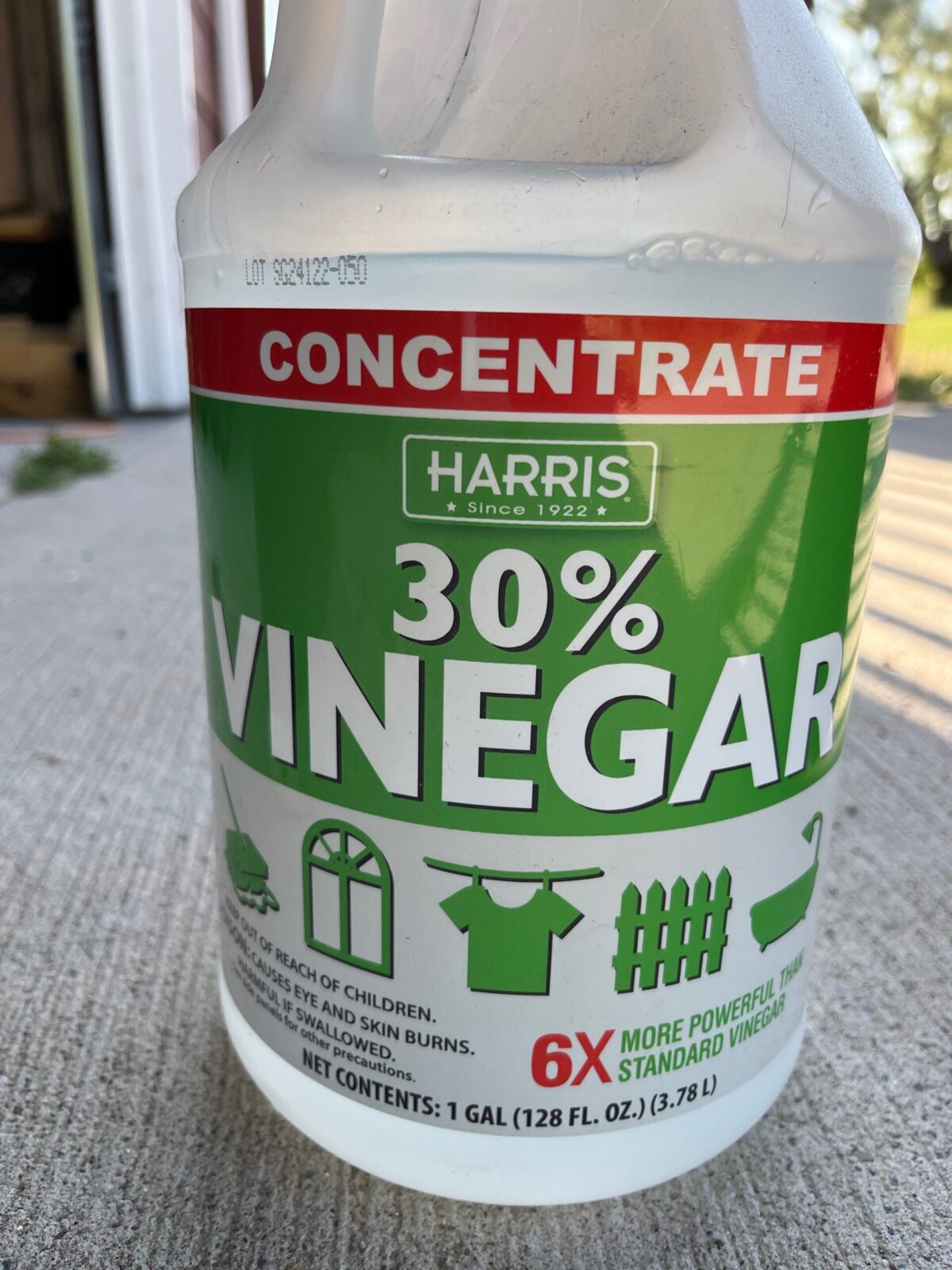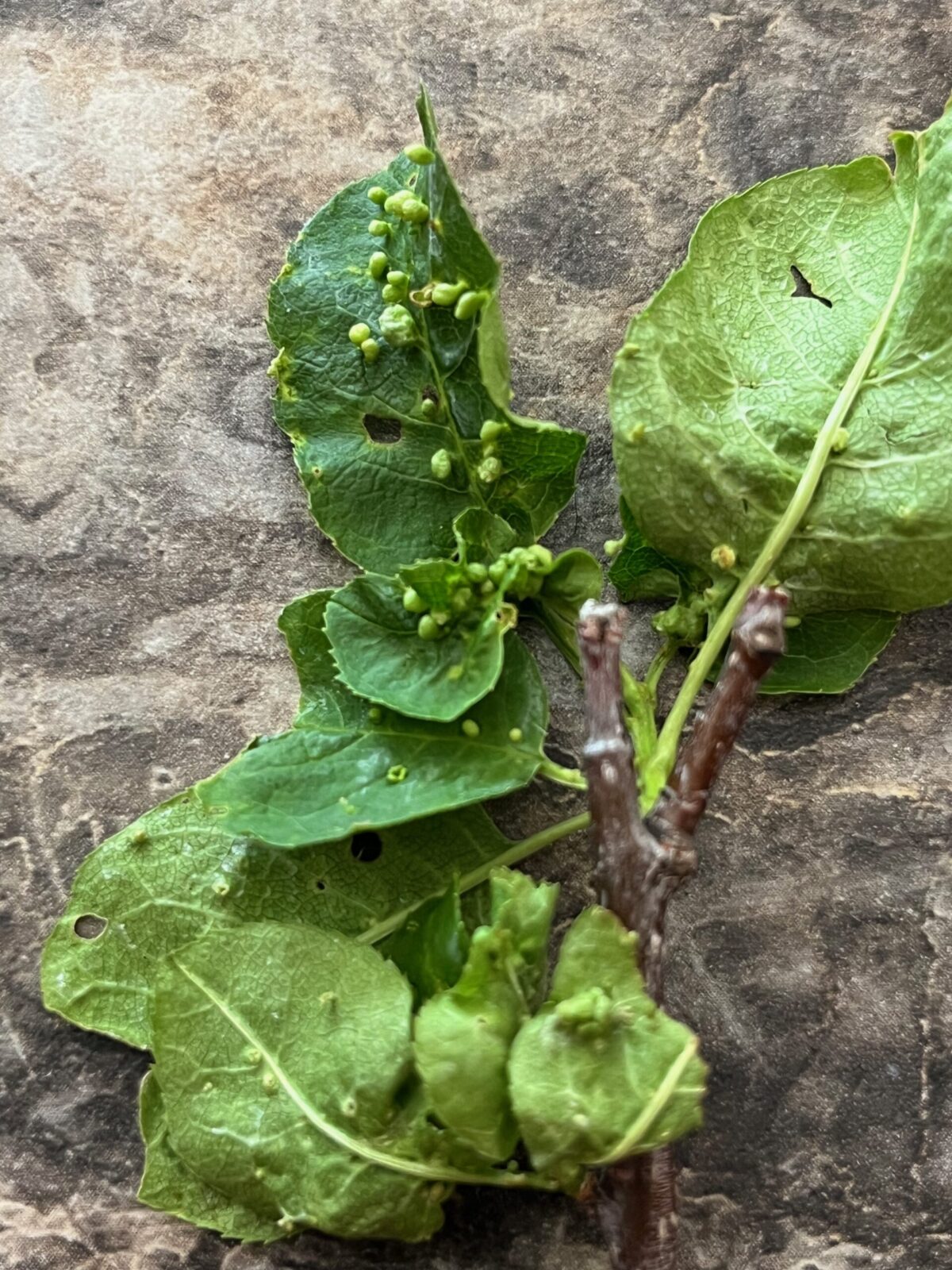Taking a Look at Tomato Pests
Views: 880

It’s the first day of spring, but not too early to think about summer tomatoes. This is why I thought it was a good opportunity to discuss common tomato pests, and how to handle them.
How to Graft Heirloom Tomatoes
Aphids On Young Plants
Aphids are the equivalent to the guy on the History Channel who says, “I’m not saying it’s aliens, but it’s aliens.” When it comes to tomato pests, I’m not saying it’s aphids, but it’s aphids. Almost every garden has them, and at some point they’ll chew on your tomato plants. Aphids are everywhere, but seem to prefer the younger tomato plants. As with any aphid infestation, they are killable with a strong blast of water, or water combined with aphid squishing fingers. If you’re a little too squeamish for the hands-on approach, you can use insecticidal soap, a Neem product, or horticultural oil. Just be sure to spray the undersides of leaves thoroughly to prevent the populations from rebounding.
Blister Beetles
These voracious chompers can defoliate plants in short order so it’s important to stay on top of them if you see any in the garden. There are several varieties of blister beetles throughout North America, and they are generally found in every state. If you have them on your plants, do not touch them with your bare hands because they produce a chemical called cantharidin that can blister your skin. Some people put on gloves and flick them into a pail of soapy water. My preferred method is to plug in the Shop-vac and suck them off the plants. This way, there are no chemicals involved, and I don’t have to touch them.
Stink Bugs Are Late Season Tomato Pests
My godfather shared with me that he’s been having problems with stink bugs on his tomato plants later in the season. It’s discouraging to have a healthy, looking crop that is damaged or destroyed by these tomato pests. There are numerous stink bug species, but brown (Euschistus servus) and green stink bugs (Chinavia halaris) seem to be a couple of the top contenders.
Both are shaped like a shield, and tend to move from wild host plants to the garden when their preferred food source matures. Basically it’s time to move from the drying, chewy plants to delicious tomatoes and other succulent vegetables. The first action with stink bugs, if a barrier isn’t possible, is to use horticultural oil. If that doesn’t work, something like a permethrin is a stronger option. The final resort is a stronger chemical such as bifenthrin.
Cutting Off Cutworms
Tomato plants are most vulnerable to cutworms when they are young. When the cutworms emerge from the soil in the spring, they’re looking for an easy meal. The stems of young plants are at the perfect level. Battle these tomato pests with a little prevention. Use cardboard collars or reuse yogurt or other plastic containers by cutting off the bottom. Place these around the base when you plant the tomatoes. Leave them in place until mid-June or even July, although it won’t hurt the plant if you don’t take them off at all.
Hornworms
These tomato pests are common, particularly in warm, humid regions of the country. Their green coloration blends well with the tomato stems and foliage. But they’re easy to spot because they can be as big as your finger. Unfortunately, they feed on the leaves and stems of the tomato, potentially defoliating the plant. Pick off the large caterpillars, or cut them in half with clippers, but they do grow into hawk moths, which are lovely garden visitors. Other options include Bacillius thuringiensis var. kurstaki, spinosad, or insecticidal soap, although it’s difficult to spray all surfaces of the plant.
There are many more tomato pests. But these are a few of the most prevalent ones you might fun feeding upon your summertime favorite.
Meet Amy Grisak
Amy is a freelance author and photographer in Great Falls, MT who specializes in gardening, foods, and sustainable agriculture. She provides information on every kind…
Amy's Recent Posts

Grab Vinegar to Eliminate Weeds








